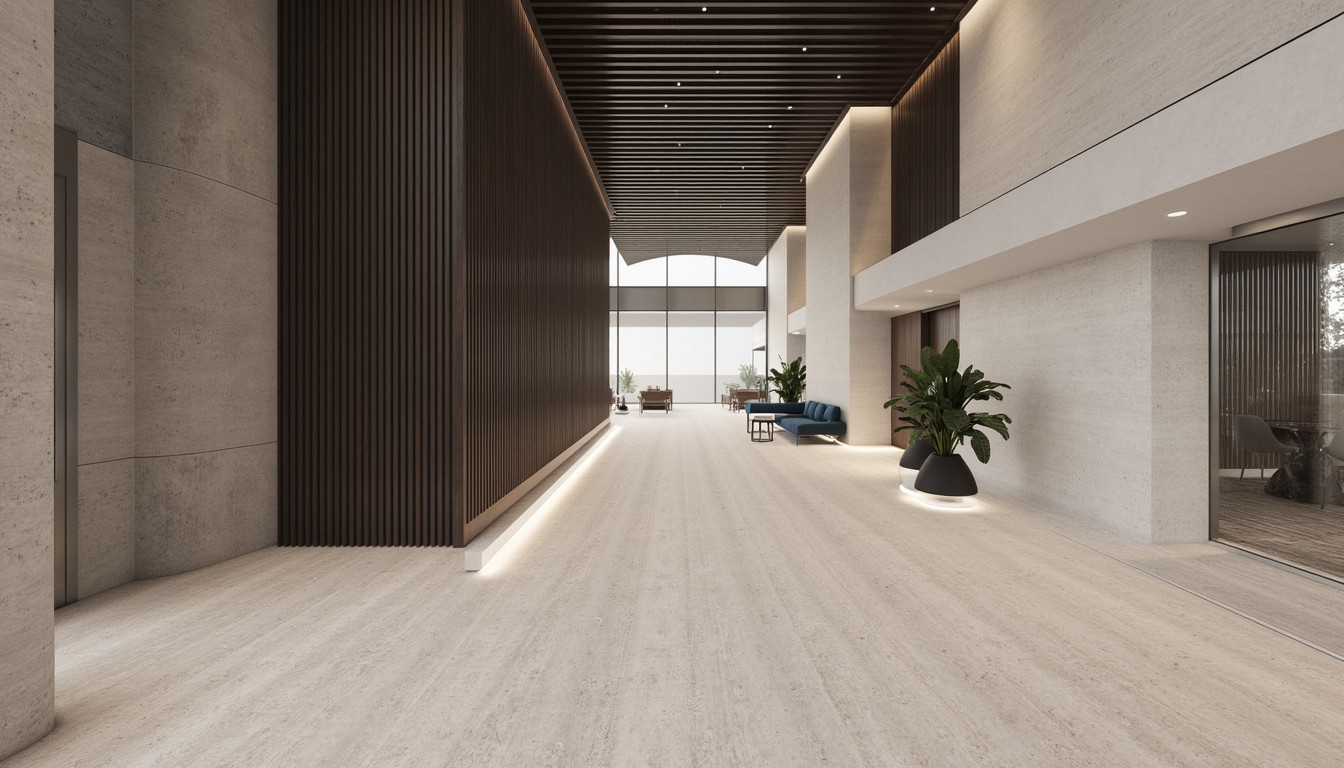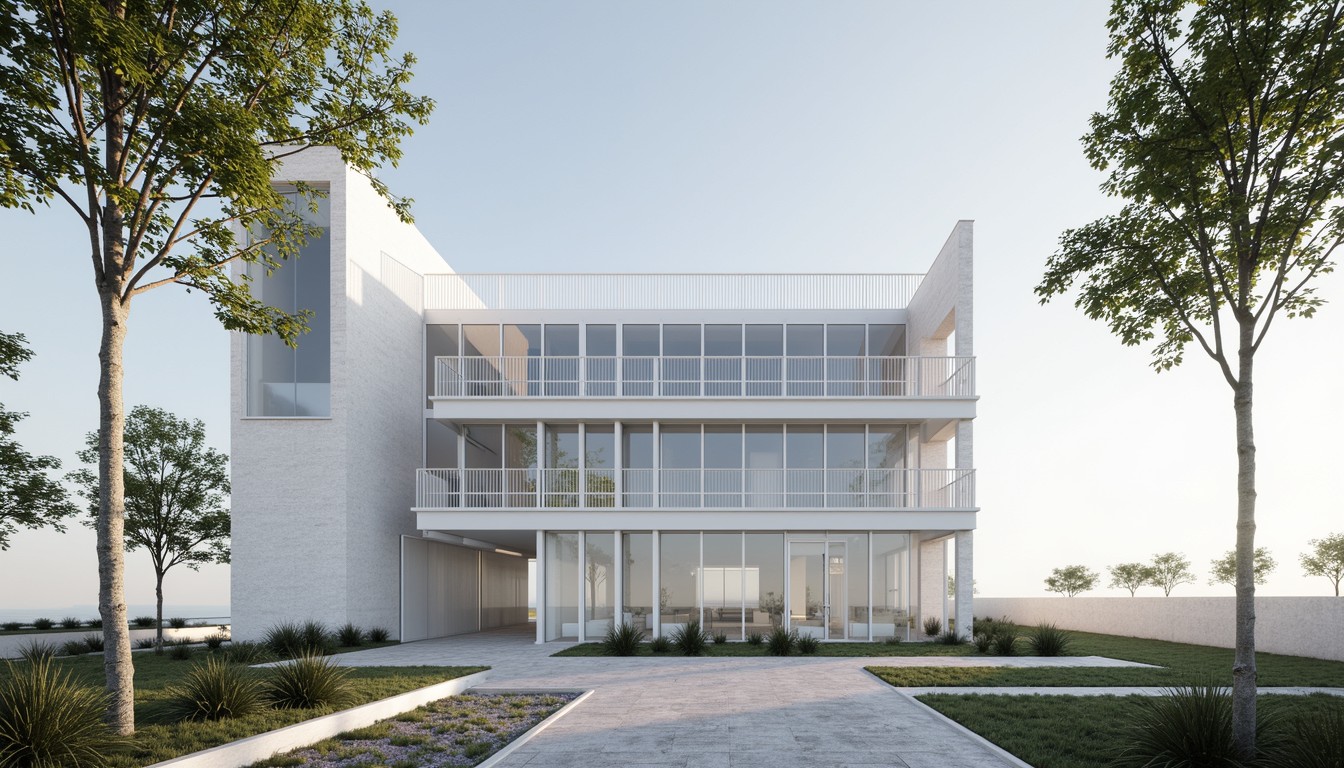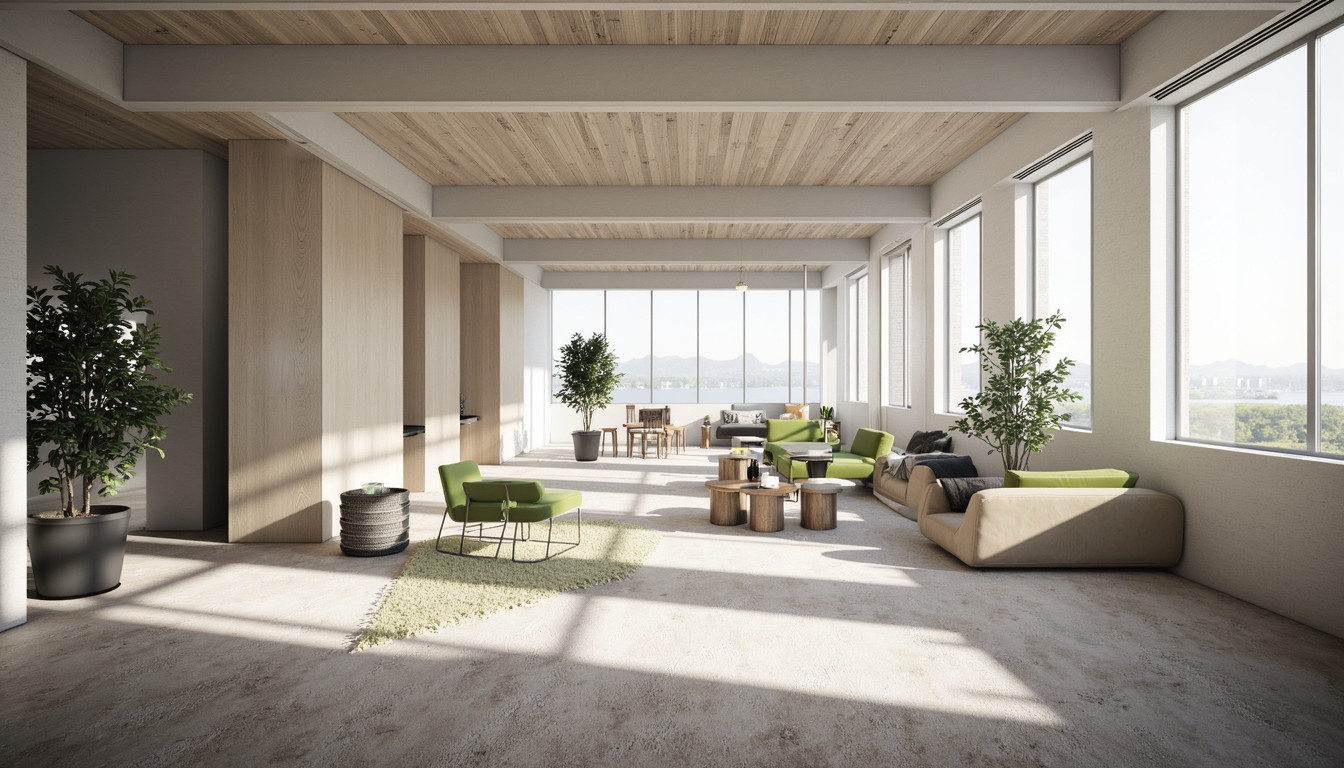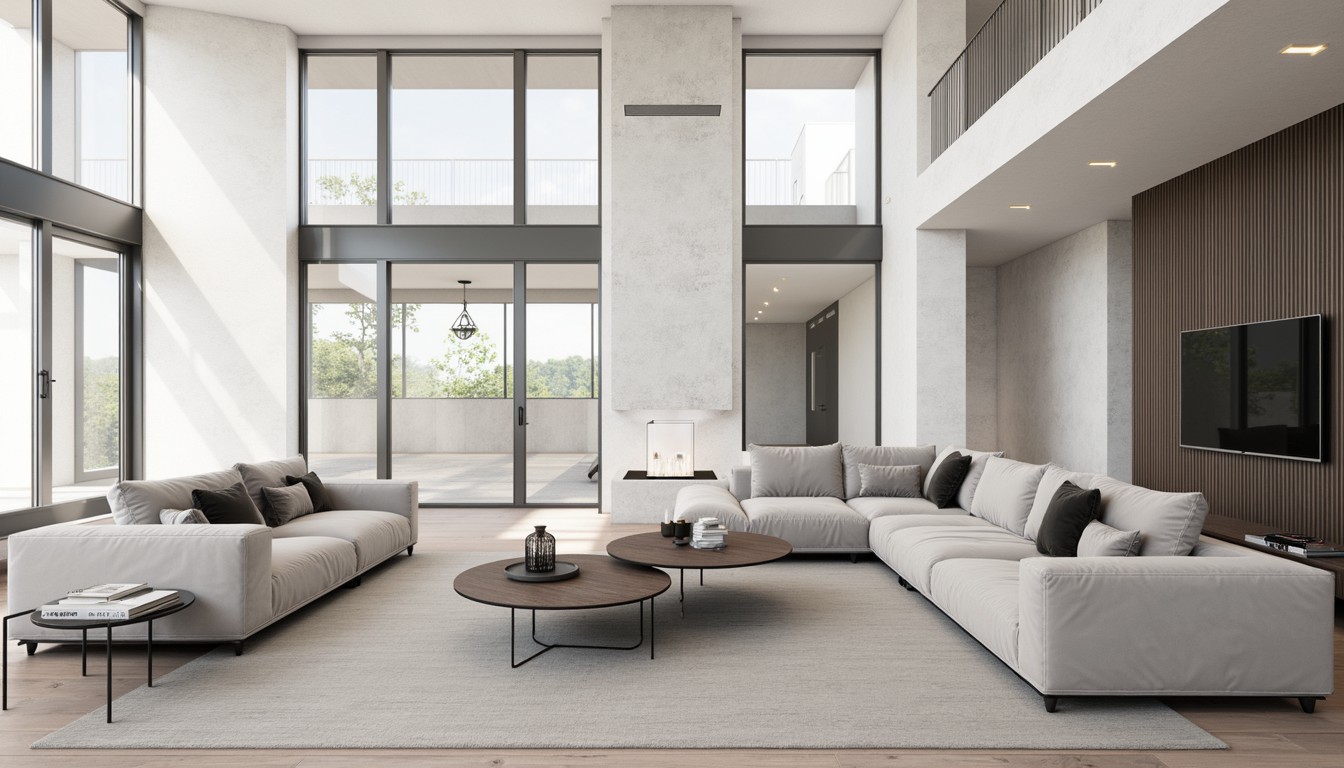VR in Architecture: Designing Tomorrow's Spaces
The architectural landscape is rapidly evolving, driven by technological advancements that are reshaping how we design, visualize, and experience built environments. At the forefront of this revolution is Virtual Reality (VR), a game-changing technology offering unprecedented opportunities for architects and their clients.
The Transformative Power of VR in Architectural Visualization

VR transcends traditional architectural visualization methods, offering an immersive and interactive experience that significantly enhances the design process. Instead of relying on static renderings or 2D blueprints, architects can now step inside their designs, explore spaces from every angle, and experience the scale and ambiance firsthand. This level of immersion provides invaluable insights that are impossible to achieve with conventional methods.
Enhanced Design Accuracy and Iteration
VR facilitates a more intuitive and accurate design process. Architects can identify potential design flaws, spatial issues, and circulation problems early on, leading to fewer costly revisions during the construction phase. The ability to experience the design in a virtual environment allows for immediate feedback and iterative improvements, ensuring a more refined and functional final product. This iterative process, facilitated by VR, directly impacts project timelines and budgets, offering significant cost savings.
Improved Client Collaboration and Communication
Client involvement is crucial in architectural projects. VR provides a powerful tool for enhancing client communication and collaboration. Instead of relying on abstract drawings and technical jargon, architects can guide clients through a virtual walkthrough of their future space, allowing them to experience the design's impact firsthand. This immersive experience fosters better understanding, reduces misunderstandings, and leads to more informed design decisions. The ability to make real-time adjustments based on client feedback further streamlines the design process.
Real-World Applications of VR in Architectural Design

The applications of VR in architecture are diverse and constantly expanding. Here are some key areas where VR is making a significant impact:
Residential Design:
VR allows clients to experience the layout, lighting, and materials of their future home before construction begins. This immersive experience helps them make informed decisions about finishes, spatial arrangements, and overall design aesthetics. Changes can be made in real-time, ensuring complete client satisfaction.
Commercial Design:
For commercial projects, VR helps visualize the flow and functionality of spaces like offices, retail stores, and restaurants. Architects can experiment with different layouts and configurations, optimizing for efficiency and customer experience. This is particularly useful for large-scale projects where visualizing the final product is crucial.
Urban Planning and Landscape Architecture:
VR can be used to simulate urban environments and landscapes, allowing planners to assess the impact of new developments on the surrounding area. This helps in making informed decisions about infrastructure, accessibility, and environmental impact. Stakeholders can be included in the virtual walkthroughs, facilitating collaborative decision-making.
Interior Design:
VR enables interior designers to create highly realistic virtual representations of spaces, allowing clients to experience the ambiance, lighting, and furniture arrangements before any physical changes are made. Experimenting with different color palettes, textures, and furniture choices is significantly easier and faster in a VR environment.
Overcoming Challenges in VR Implementation
While VR offers numerous advantages, some challenges remain. The cost of VR equipment and software can be a barrier for some firms. Furthermore, the need for specialized skills and training to effectively use VR technology can be a hurdle. However, the cost of VR technology is constantly decreasing, and readily available training resources are making it more accessible.
ArchNav: Leading the Way in VR Architectural Visualization

ArchNav is at the forefront of leveraging VR technology to deliver exceptional architectural visualization services. Our team of experienced architects and VR specialists utilizes cutting-edge software and hardware to create immersive and interactive experiences that exceed client expectations. We combine creative design expertise with advanced technological capabilities to provide unparalleled visualization solutions. We understand the challenges of VR implementation and offer comprehensive support and training to ensure seamless integration into your workflow.
Conclusion
Virtual reality is transforming the architectural design process, offering unprecedented opportunities for enhancing design accuracy, improving client communication, and fostering innovation. By embracing VR technology, architects can create more functional, aesthetically pleasing, and sustainable spaces. ArchNav is committed to leading the charge in this technological revolution, offering innovative VR solutions that empower architects to design tomorrow's spaces, today. Contact us to learn more about how our VR services can benefit your next project.
